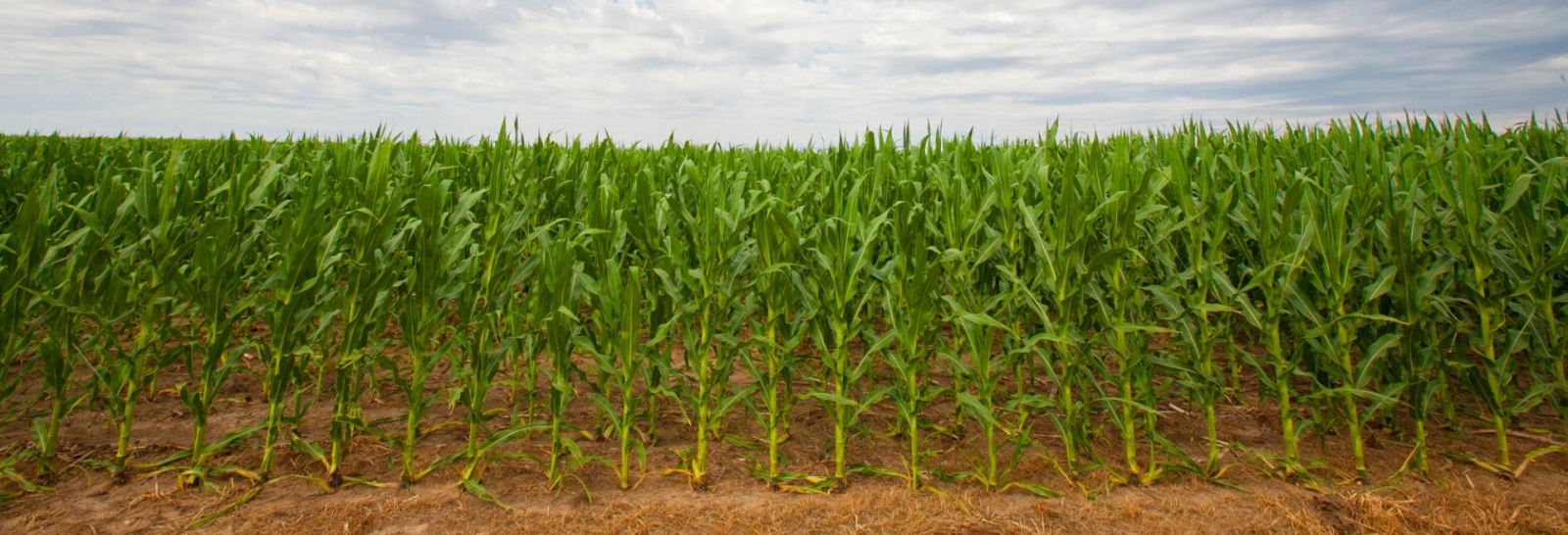March 6, 2009
The deadline for spring planted crop insurance sign-up is rapidly approaching for Nebraska farmers. Corn, grain sorghum, soybean, sunflower, sugarbeet, dry beans, proso millet, and spring wheat producers will need to sign up for crop insurance by March 16, since March 15 is on a Sunday this year.
Market volatility and the high cost of crop production make crop insurance critical in today's agricultural climate. Although crop insurance may appear to be higher priced than we would like, the protection and marketing flexibility that it offers are important to the risk management plan of any farm. There should be opportunities to sell 2009 grain crops this spring, and crop insurance offers a little security for producers looking to make these sales. For some of our crops, the best chances to sell at a profit will come before harvest, making insurance a wise risk management investment.
USDA SURE Requires All Crops Be Insured
USDA's new Supplemental Revenue Assurance Program (SURE) requires that all crops on a farm be insured to make the farm eligible for disaster assistance. Protection options include NAP (Noninsured Assistance Program), CAT (Catastrophic), APH (Actual Production History), and other revenue products. If a farm has historically not insured a crop such as alfalfa, this will be a good year to look into the cost of adding at least minimal coverage to assure eligibility for SURE payments if they occur.
Skip-row Corn Insurance Now Available
For dryland corn growers, 2009 offers an opportunity to insure skip-row corn as an approved practice in all the western counties of Nebraska and Kansas, as well as eastern Colorado. This takes away the insurance penalty that dryland corn producers faced when growing skip-row corn to reduce production risk. Check with you local insurance provider to be sure that your county is eligible for this program.
Incorporating Crop Insurance into Risk Management
Looking at the overall risk management plans for many farms, the new farm bill has included crop insurance as a requirement to be eligible for other options. Each farm will need to determine how best to use crop insurance in the risk management plan.
With the level of subsidy included in the crop insurance program, it is one of the few production cost bargains out there. Be sure to visit your local crop insurance provider by the March 16 deadline.
Paul Burgener
Extension Agriculture Economist, Panhandle REC
